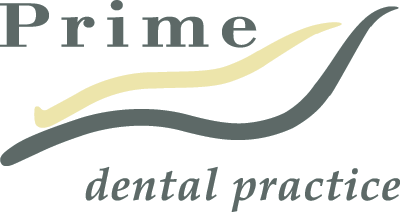Wisdom Teeth
Your wisdom teeth are your third molars. Not everybody will form wisdom teeth. In the past, our diets resulted in a lot of wear of our teeth. However, with our modern diets, our teeth don’t wear at anything near the rate at which they did in the past. Also there is an evolutionary trend for smaller jaw sizes. As a result, there is rarely enough room for the third molars when they try to erupt into the mouth. Lower teeth usually erupt inwards and forward and so the wisdom teeth frequently are wedged (impacted) behind the second molars when they are only partly erupted.
The Problems With Impacted Wisdom Teeth
The gum over a wisdom tooth frequently becomes infected. This is a recurring problem and each episode often becoming more severe and painful.
As it is impossible to clean the partly erupted tooth; they frequently decay and may lead to an abscessed tooth. Consequently, as their hygiene is compromised, the back of the second molar may also start to decay. Occasionally, the pressure of the wisdom tooth against the second molar will dissolve (resorb) the back of the second molar. Un-erupted teeth have the potential to produce a bony cyst.
If any of these situations occur, or if it appears that there may not be sufficient room for your wisdom teeth, it will be suggested they be removed. Orthodontists frequently request wisdom teeth to be removed in case they place any pressure on the recently straightened teeth.
Wisdom teeth are much easier to remove in younger people. If they are relatively simple, we are happy to remove them under local anaesthetic in our office. On the other hand, if there is a degree of difficulty, or if you would be more comfortable with the procedure being done under general anaesthetic, a day surgery visit can be arranged.

